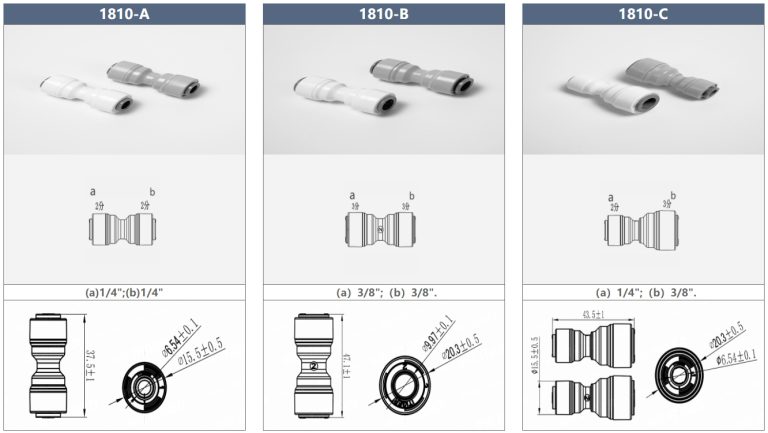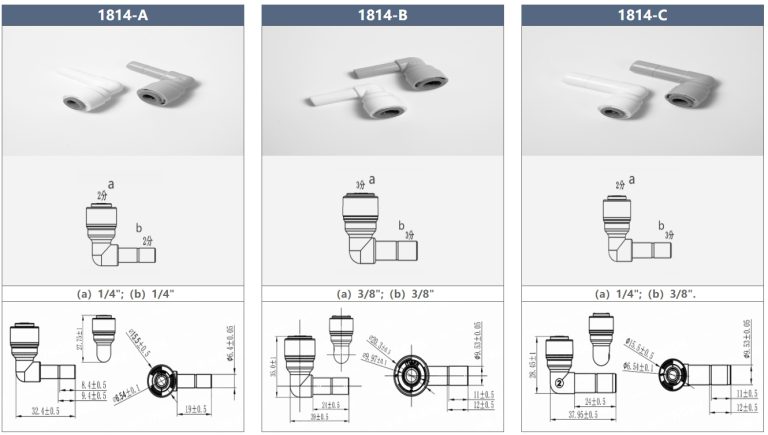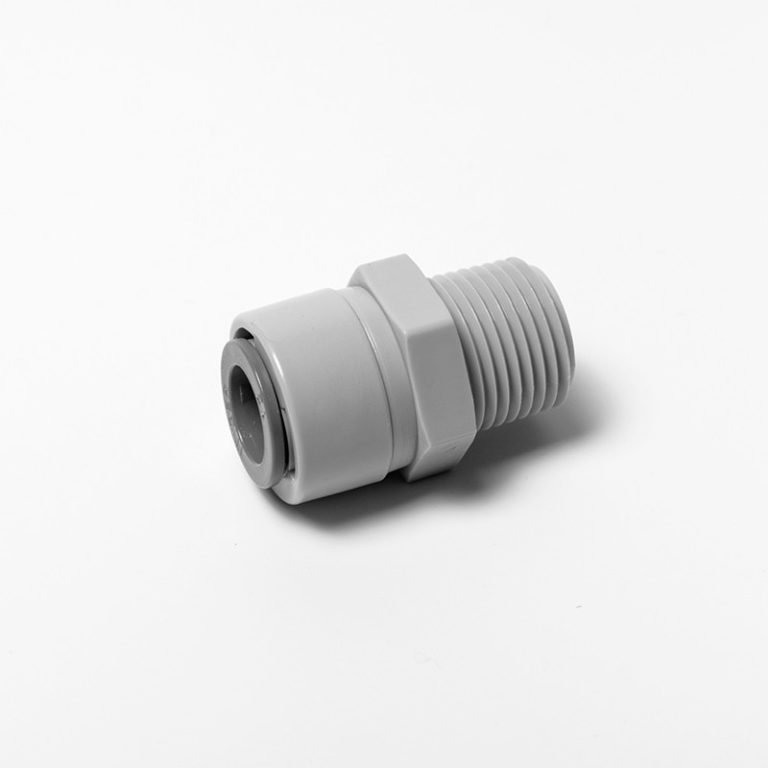“Seamlessly connect with plastic plumbing fittings for leak-free solutions.”
Table of Contents
Proper Installation Techniques for Plastic Plumbing Fittings
Plastic plumbing fittings are a popular choice for many DIY enthusiasts and professional plumbers alike due to their affordability, durability, and ease of installation. However, proper installation techniques are crucial to ensure that these fittings function correctly and prevent leaks or other issues down the line.
When working with plastic plumbing fittings, it is essential to follow the manufacturer’s instructions carefully. This includes using the correct size and type of fitting for the specific application, as well as ensuring that all components are compatible with each other. It is also important to inspect the fittings for any defects or damage before installation to prevent leaks or other problems.
Before installing plastic plumbing fittings, it is crucial to prepare the pipes properly. This includes cutting the pipes to the correct length using a pipe cutter or hacksaw and removing any burrs or rough edges with a deburring tool. It is also essential to clean the pipes thoroughly with a pipe cleaner or solvent to remove any dirt, grease, or other contaminants that could affect the fitting’s seal.
Once the pipes are prepared, it is time to install the plastic plumbing fittings. Start by applying a small amount of pipe joint compound or thread sealant to the threads of the fitting to ensure a watertight seal. Then, insert the fitting onto the pipe and tighten it securely using a wrench or pliers. Be careful not to over-tighten the fitting, as this can damage the threads or cause leaks.
| Model | Tube(a) | Stem(b) |
|---|---|---|
| 1801-A | 1/4 | 1/4 |
| 1801-C | 1/4 | 3/37 |
When connecting plastic fittings to other types of pipes, such as copper or galvanized steel, it is essential to use the appropriate transition fittings to ensure a secure and leak-free connection. These fittings are designed to accommodate the different materials and sizes of pipes and provide a watertight seal between them.
After installing the plastic plumbing fittings, it is crucial to test the system for leaks before covering or burying the pipes. This can be done by turning on the water supply and checking for any signs of water leakage around the fittings. If any leaks are detected, tighten the fittings further or apply additional joint compound or sealant as needed.
In conclusion, proper installation techniques are essential when using plastic plumbing fittings to ensure a secure and leak-free connection. By following the manufacturer’s instructions, preparing the pipes correctly, and using the appropriate tools and materials, you can install plastic fittings with confidence and peace of mind. Remember to test the system for leaks before completing the installation to prevent any issues in the future. With the right techniques and attention to detail, plastic plumbing fittings can provide reliable and long-lasting performance in your plumbing system.
Advantages of Using Plastic Plumbing Fittings in Residential and Commercial Applications
Plastic plumbing fittings have become increasingly popular in both residential and commercial applications due to their numerous advantages. These fittings are lightweight, easy to install, and cost-effective, making them a preferred choice for many plumbing projects. In this article, we will discuss the advantages of using plastic plumbing fittings and provide some tips on how to use them effectively.
One of the main advantages of plastic plumbing fittings is their lightweight nature. Unlike metal fittings, plastic fittings are easy to handle and maneuver, making them ideal for DIY projects or installations in tight spaces. This lightweight feature also makes plastic fittings easier to transport and store, reducing the overall cost of the project.
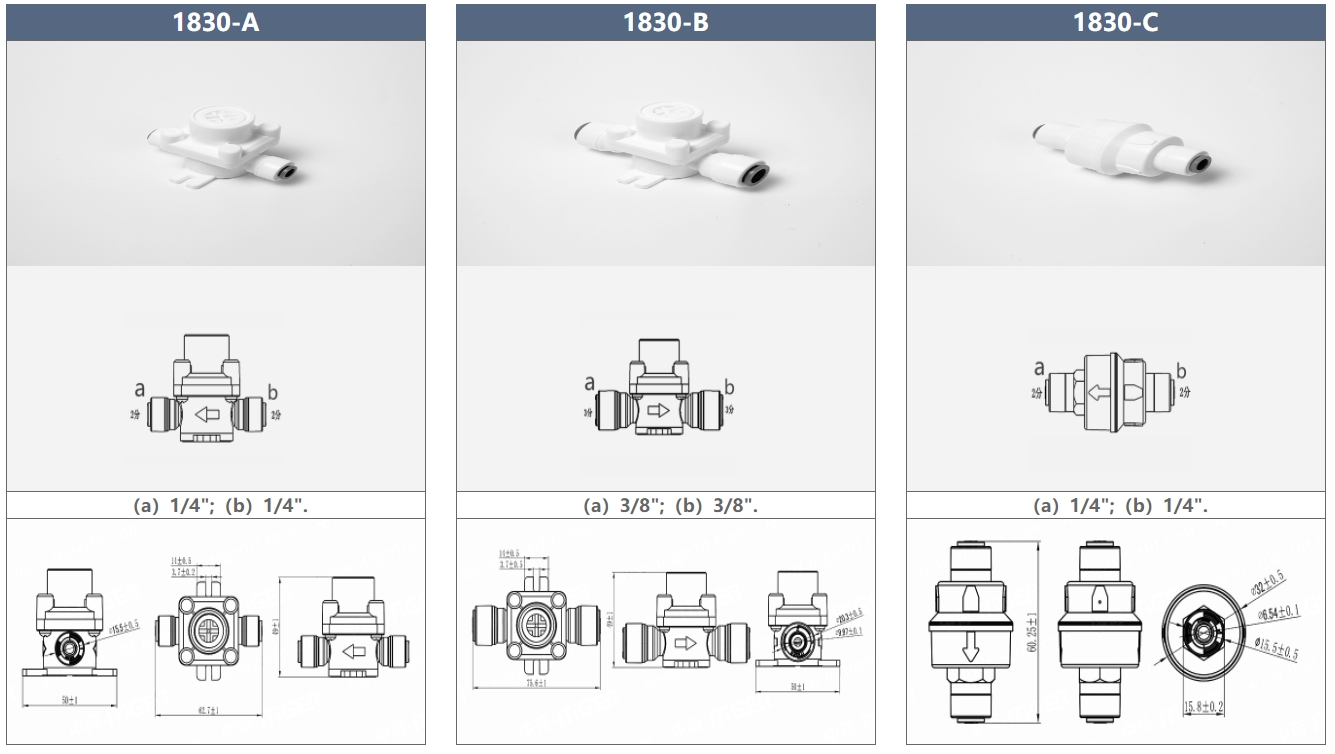
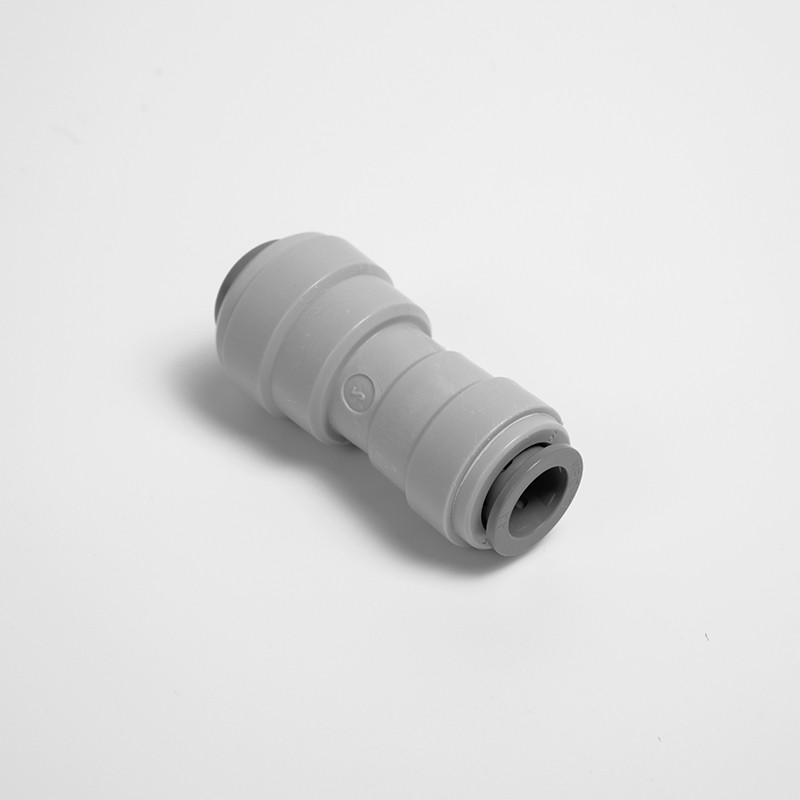
Another advantage of plastic plumbing fittings is their ease of installation. Plastic fittings can be easily connected using solvent cement or compression fittings, eliminating the need for complex welding or soldering techniques. This makes plastic fittings a great option for both professional plumbers and DIY enthusiasts looking to complete a plumbing project quickly and efficiently.
In addition to being lightweight and easy to install, plastic plumbing fittings are also cost-effective. Plastic fittings are typically less expensive than their metal counterparts, making them a budget-friendly option for both residential and commercial plumbing projects. This cost savings can add up quickly, especially for larger projects that require a significant number of fittings.
When using plastic plumbing fittings, it is important to follow some key tips to ensure a successful installation. First, always make sure to use the correct type and size of fitting for your specific application. Using the wrong fitting can lead to leaks or other issues down the line, so it is important to double-check your fittings before beginning the installation process.
| Model | Stem (a) |
Stem (b) |
Tube (c) |
| 1800-A | 1/4 | 1/4 | – |
| 1800-B | 1/4 | 1/4 | Short |
| 1800-D | 1/2 | 1/2 | Short |
Additionally, it is important to properly prepare the pipe and fitting surfaces before connecting them. Clean the surfaces thoroughly to remove any dirt, debris, or grease that could prevent a secure connection. This will help ensure a tight seal and prevent leaks from occurring.
When connecting plastic fittings, it is important to use the correct method for your specific type of fitting. For solvent cement fittings, apply a generous amount of cement to both the pipe and fitting surfaces before joining them together. For compression fittings, make sure to tighten the compression nut securely to create a watertight seal.
In conclusion, plastic plumbing fittings offer numerous advantages for both residential and commercial applications. Their lightweight nature, ease of installation, and cost-effectiveness make them a popular choice for many plumbing projects. By following the tips outlined in this article, you can effectively use plastic plumbing fittings in your next project and enjoy the benefits they provide.



